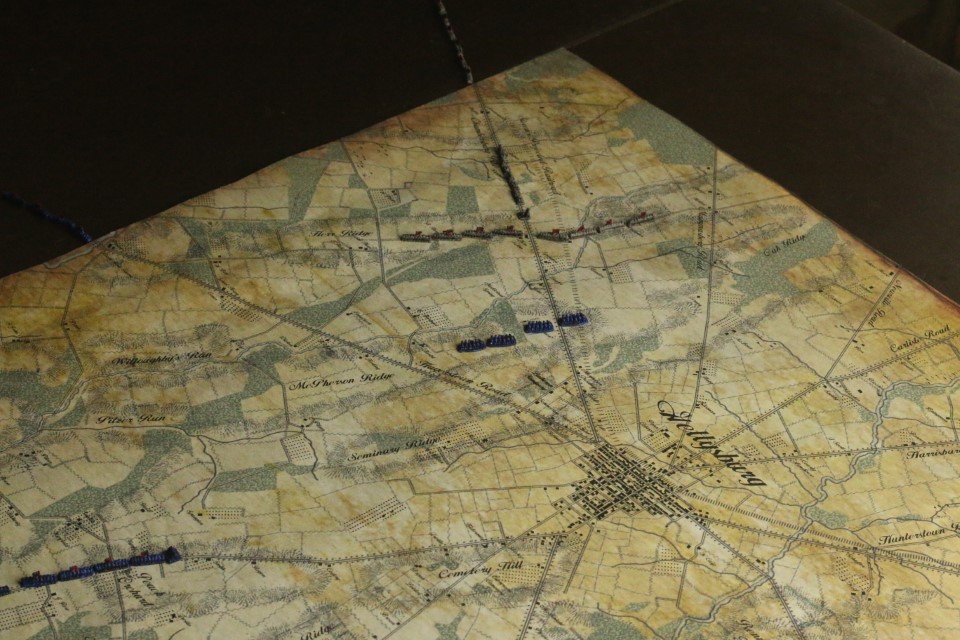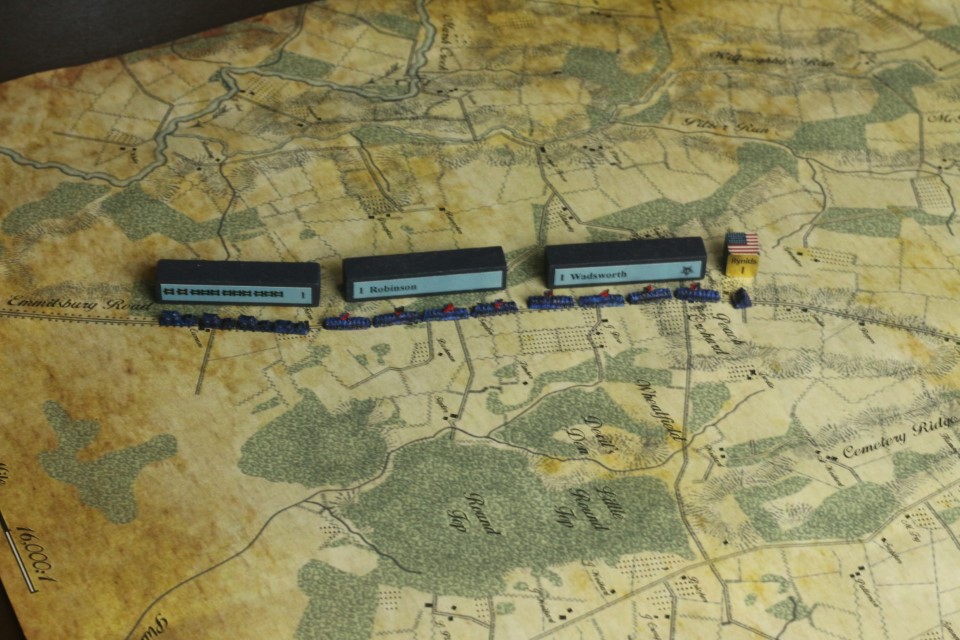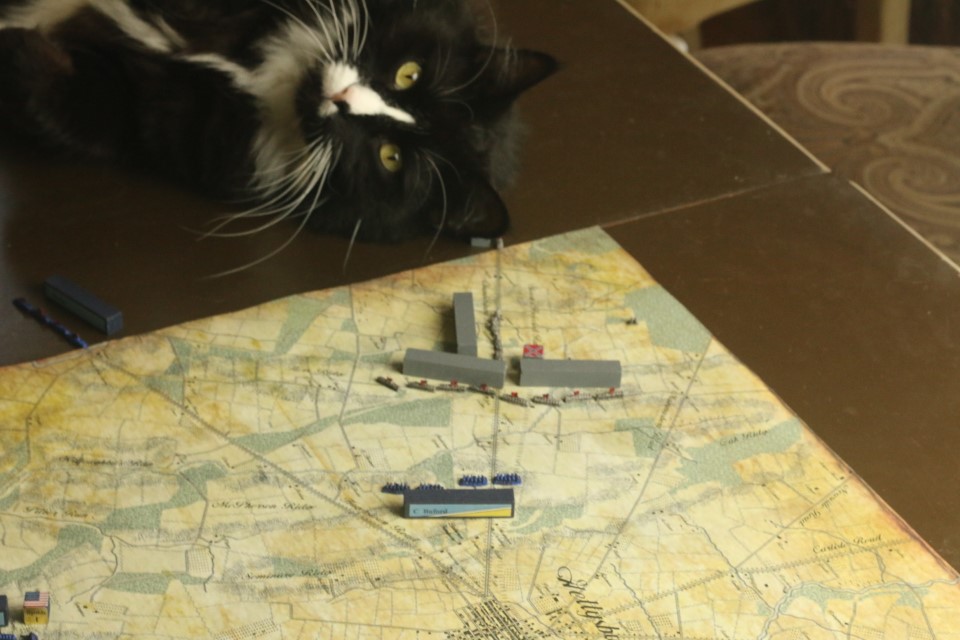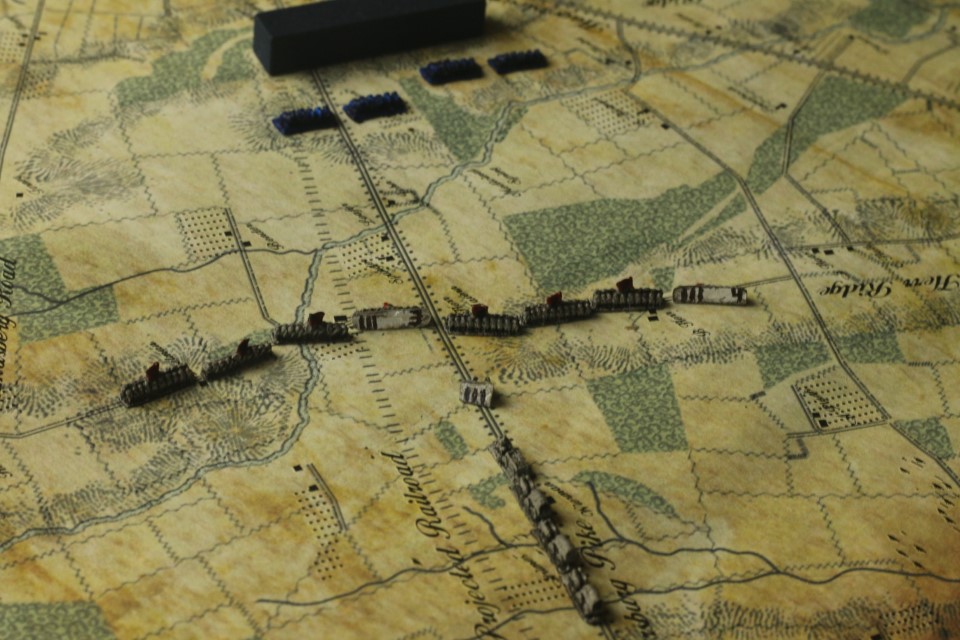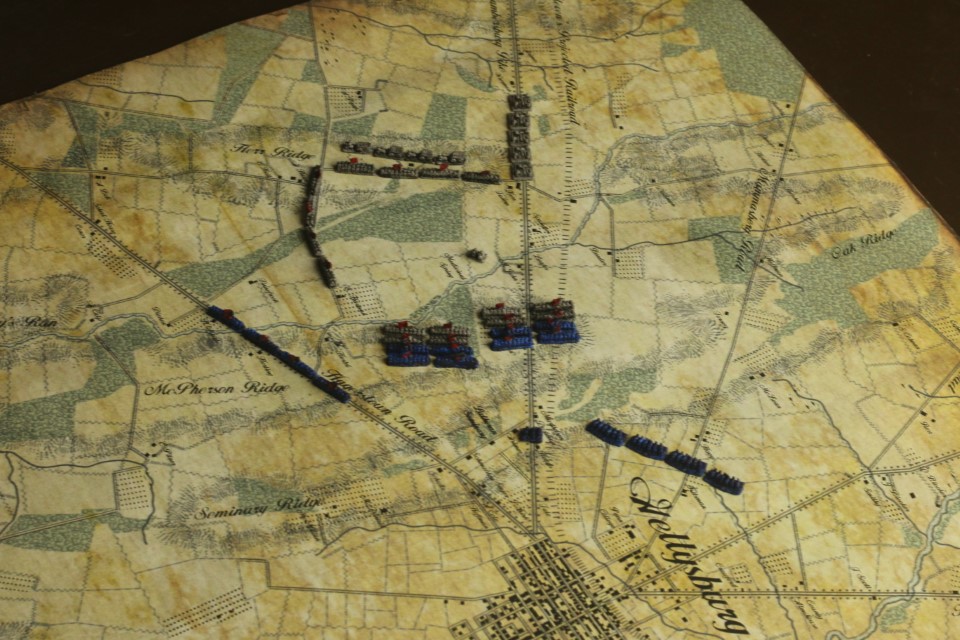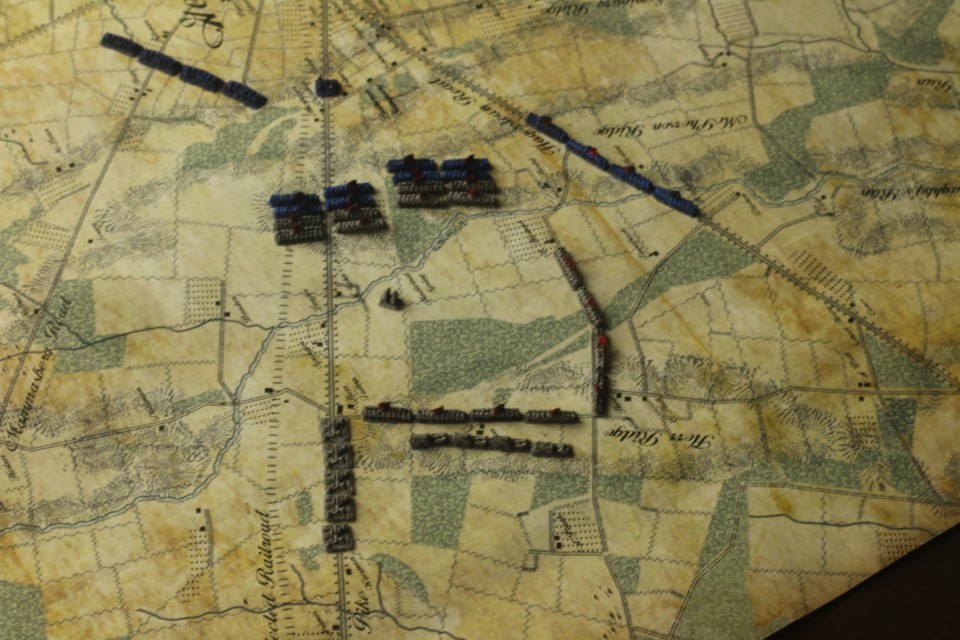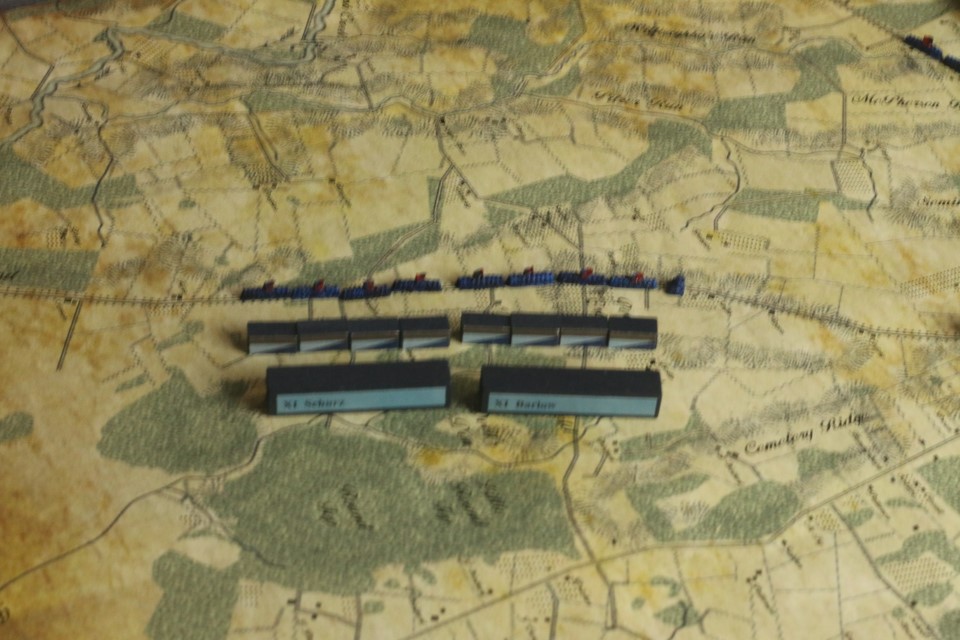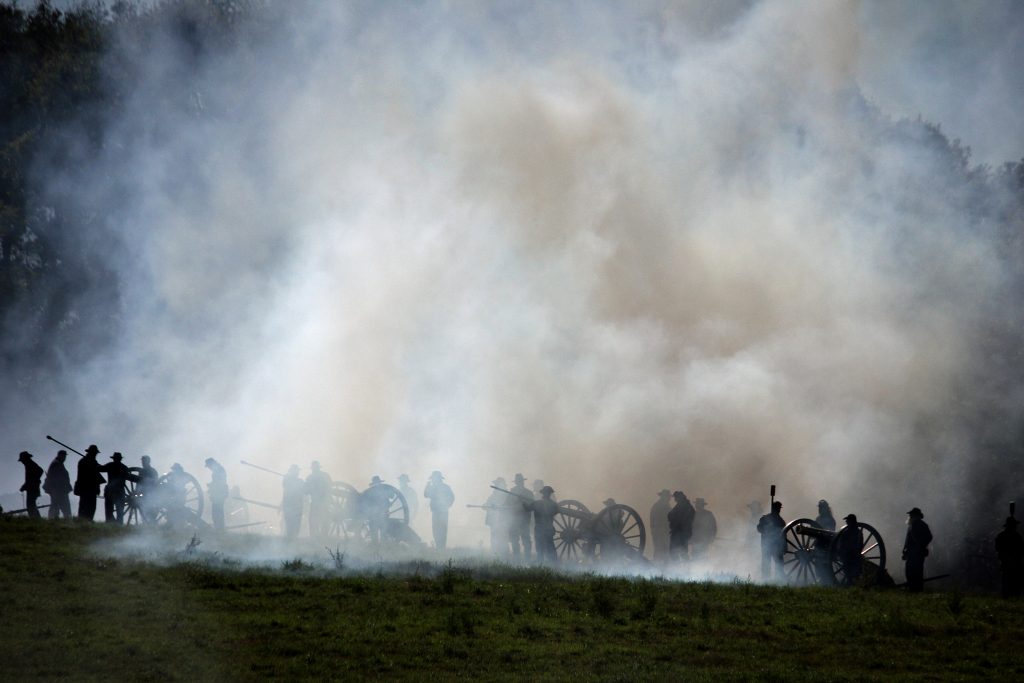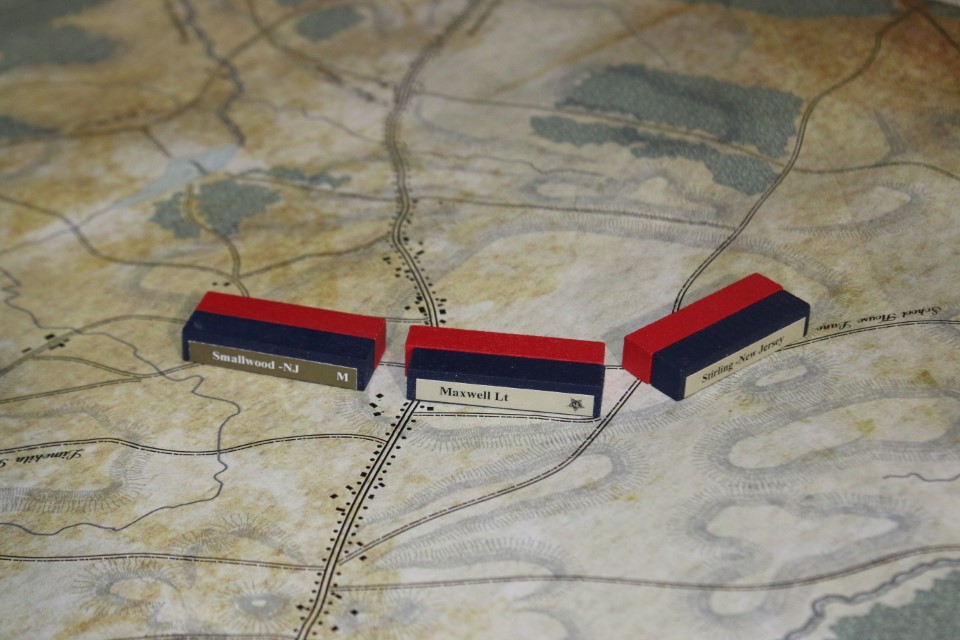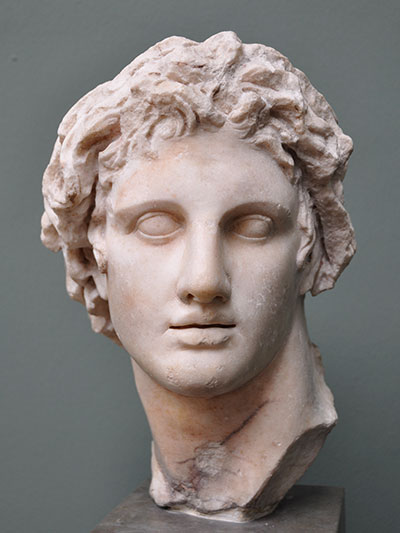I came across this the other day. After playing Pub Battles Germantown, it is very interesting to read. You can find the full article here.
The troops to be ready to march this evening at six O’Clock.
The divisions of Sullivan & Wayne to form the right wing and attack the enemy’s left; they are to march down Monatany road—The divisions of Green & Stephen to form the left wing and attack the enemy’s right; they are to march down the Skippack road. General Conway to march in front of the troops that compose the right wing and file of to attack the enemy’s left flank. General McDougall to march in front of the troops that compose the left wing and file off to attack the enemy’s right flank.
General Nash & General Maxwell’s brigade[s] form the corps de reserve and to be commanded by Major General Lord Stirling. The Corps De reserve to pass down the Skippack road.
General Armstrong to pass down the ridge road [&] pass by Leverings tavern & take guides to cross the Wessahiecon creek up the head of John Vandeering’s mill-dam so as to fall above Joseph Warners new house.
Smallwood and Forman to pass down the road by a mill formerly Danl Morris’ and Jacob Edges mill into the White marsh road at the Sandy run: thence to white marsh Church, where take the left-hand road, which leads to Jenkin’s tavern on the old york road, below Armitages, beyond the seven mile stone half a mile from which [a road] turns off short to the right hand, fenced on both sides, which leads through the enemy’s incampment to German town market house.
General McDougall to attack the right of the enemy in flank. General Smallwood & forman to attack the right wing in flank & rear. General Conway to attack the enemy’s left flank & General Armstrong to attack their left wing in flank & rear.
The militia who are to act on the flanks not to have cannon.
Packs & blankets to be left, the men are to carry their provisions in their Haversacks, or any other manner least inconvenient.
All the pioneers of each division who are fit to march are to move in front of their respective divisions, with all the axes they can muster.
Pickets on the left of Vanderin’s mill to be taken off by Armstrong: one at Allen’s house on Mount-Airey by Sullivan—One at Lucans Mill by Greene.
Each Column to make their disposition so as to attack the pickets in their respective routs, precisely at five OClock, with charged bayonets and without firing, and the columns to move on to the attack as soon as possible.
The Columns to endeavour to get within two miles of the enemy’s pickets on their respective routs by two OClock and there halt ’till four and make the disposition for attacking the pickets at the time above mentioned.
The Columns of Cont: troops & militia to communicate with each other from time to time by light horse.
Proper flanking parties to be kept out from each Column.





